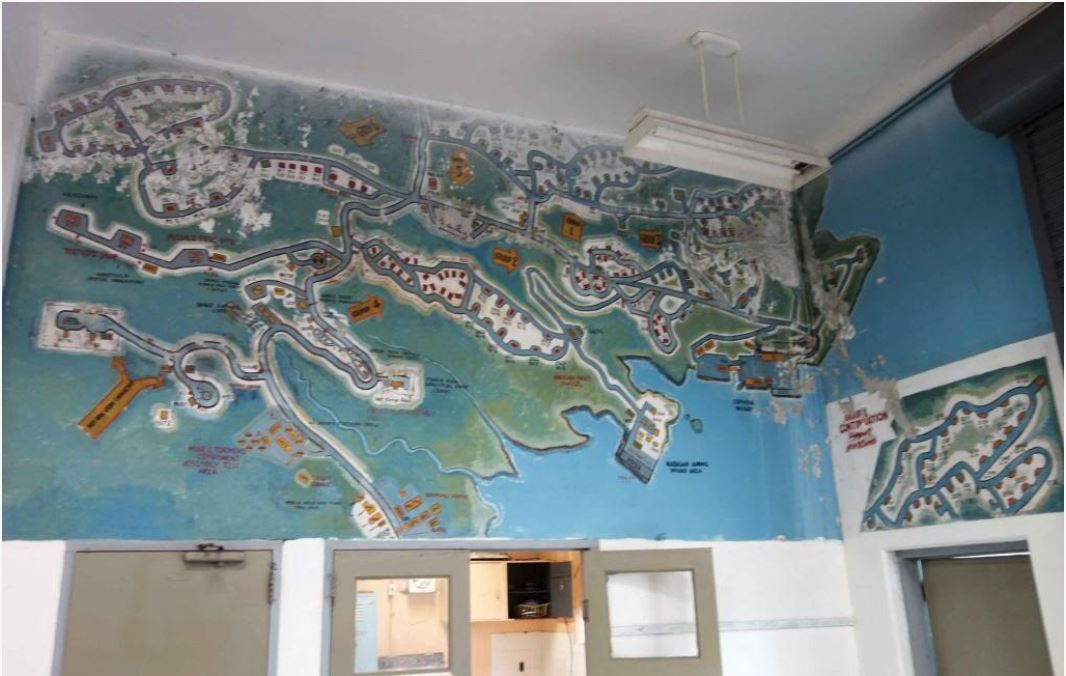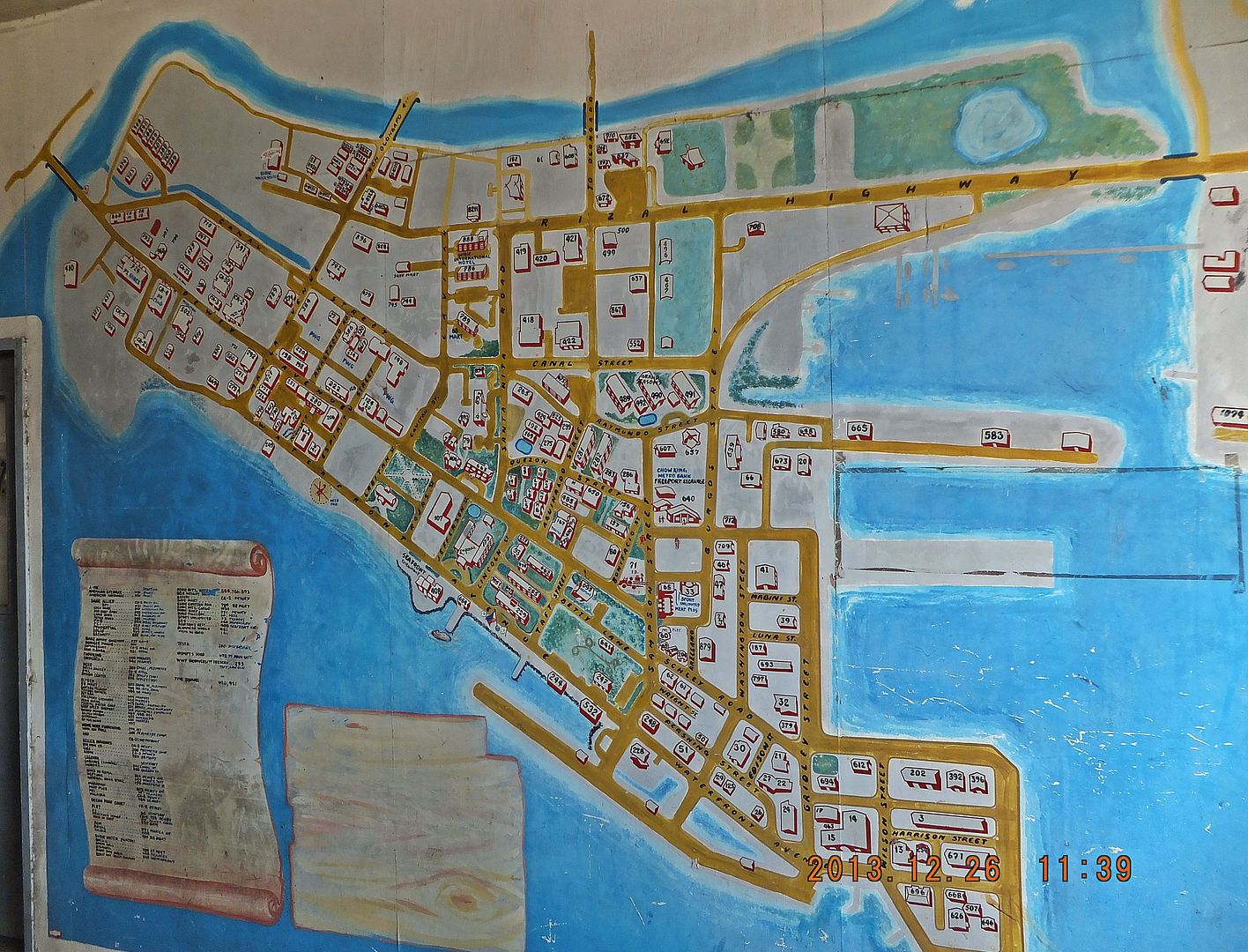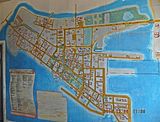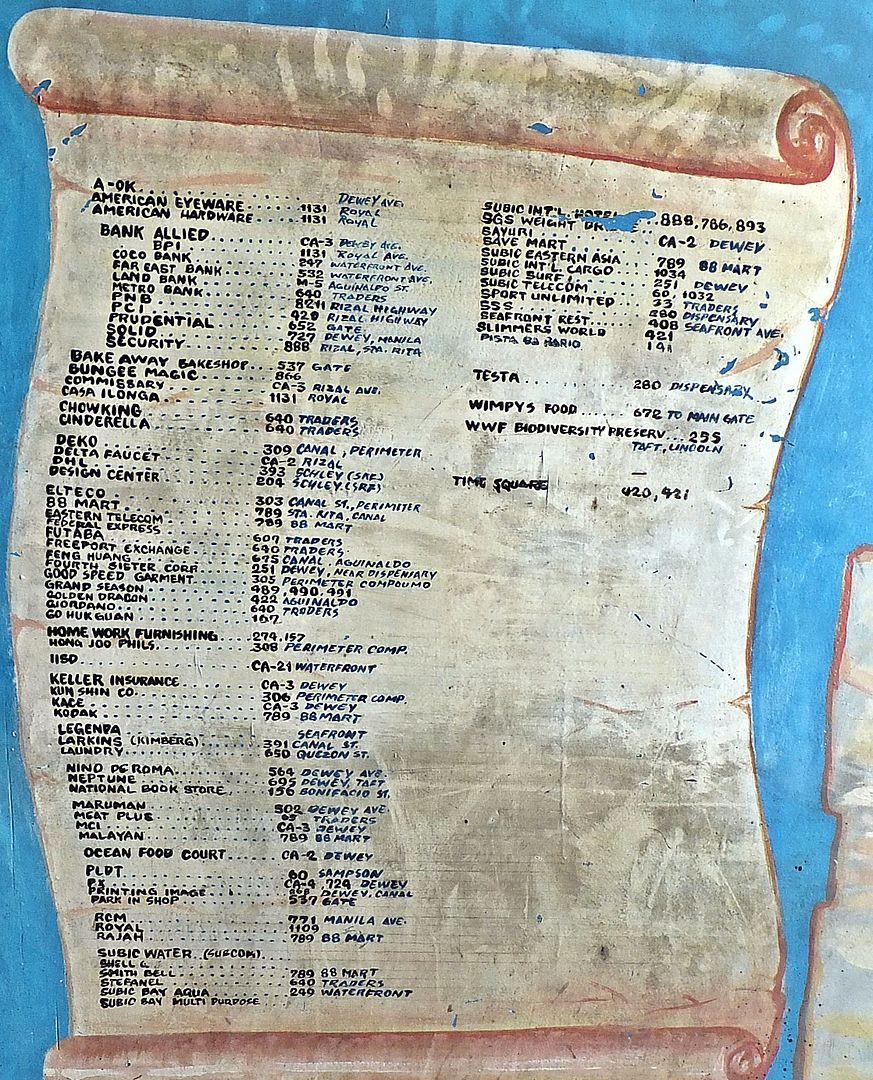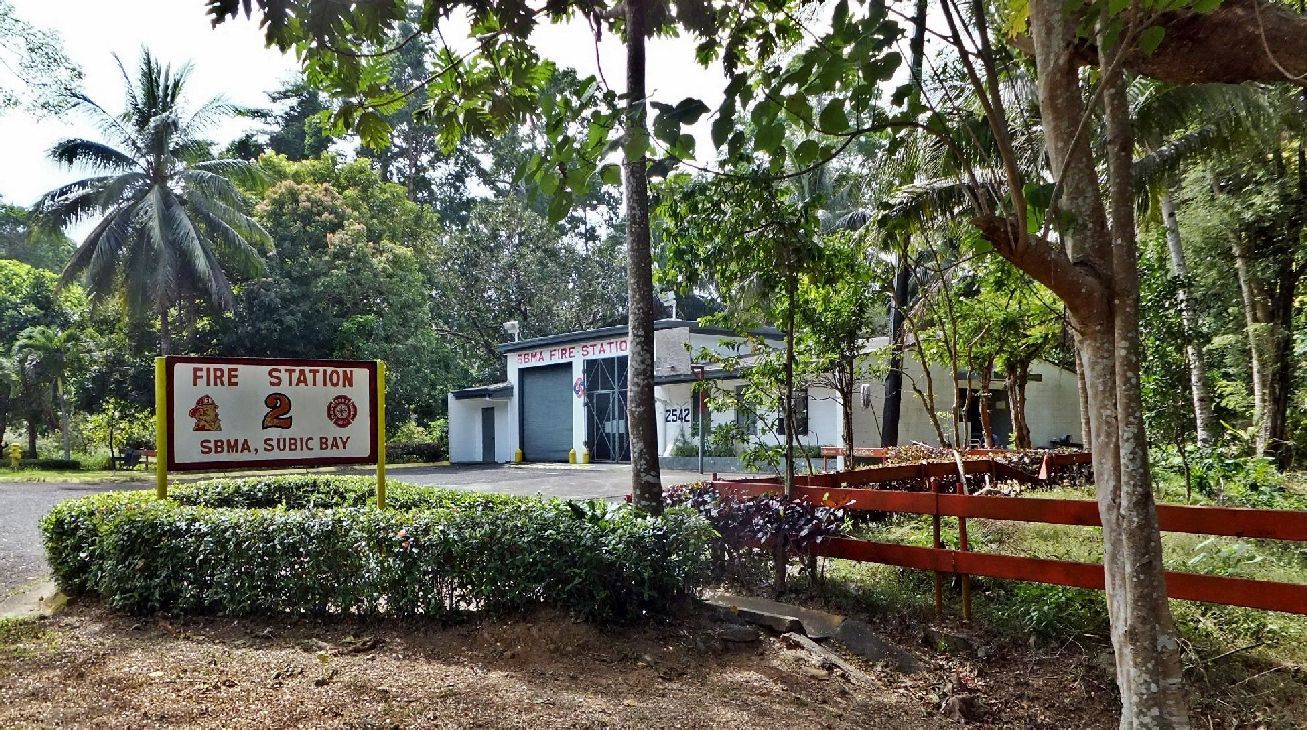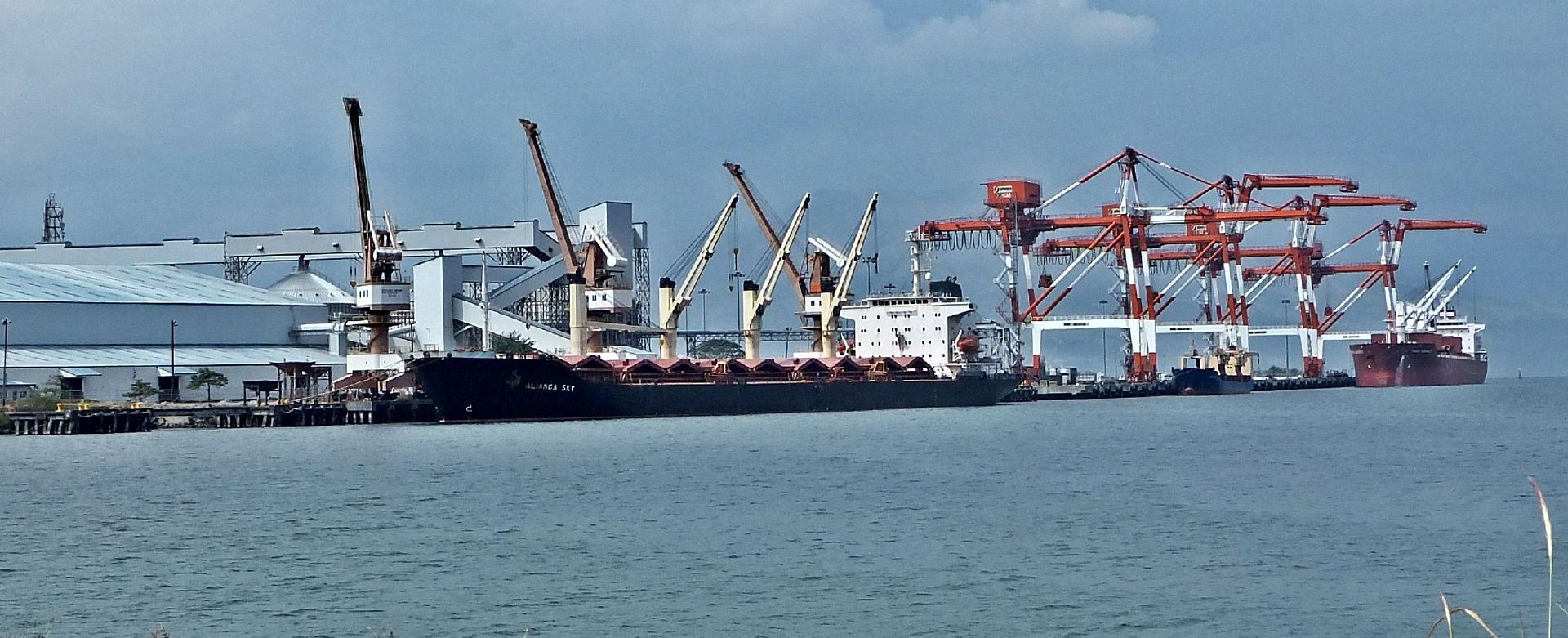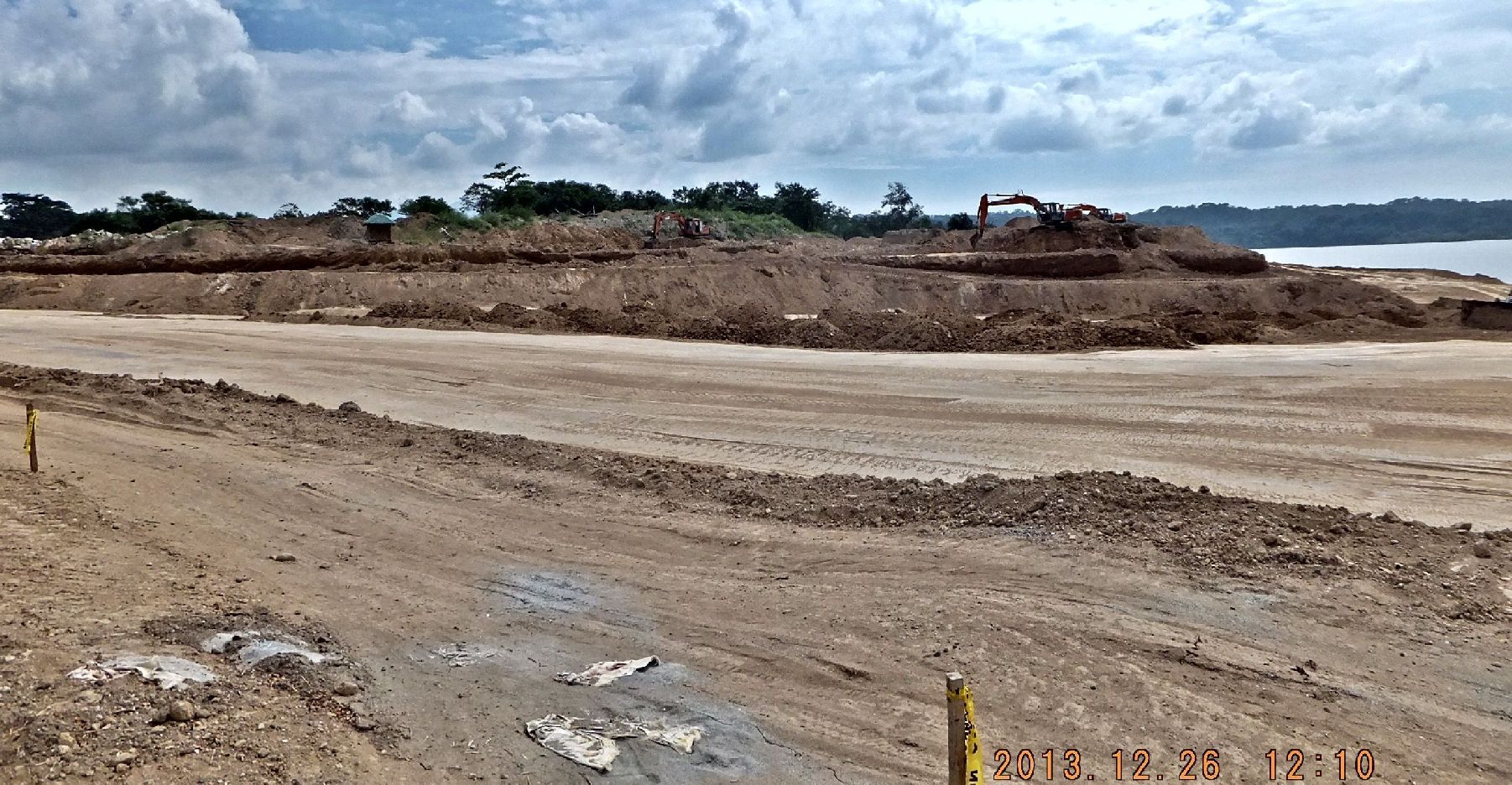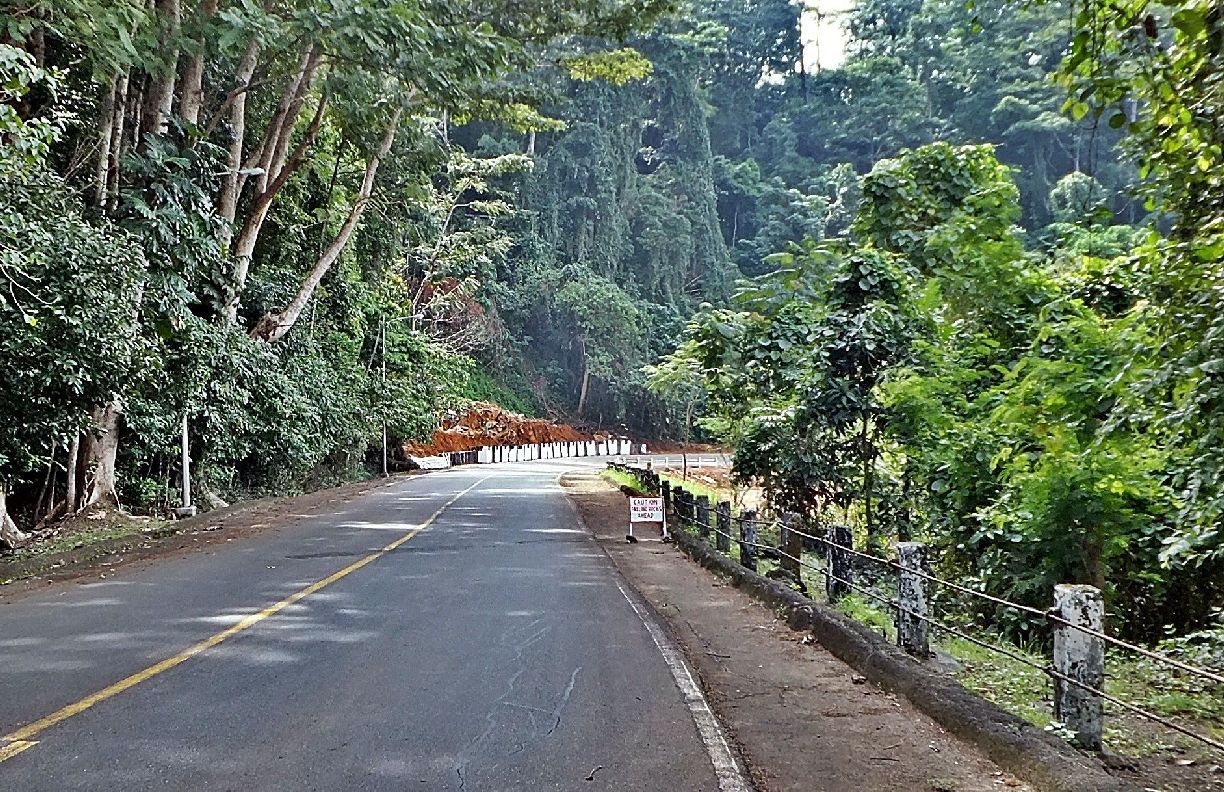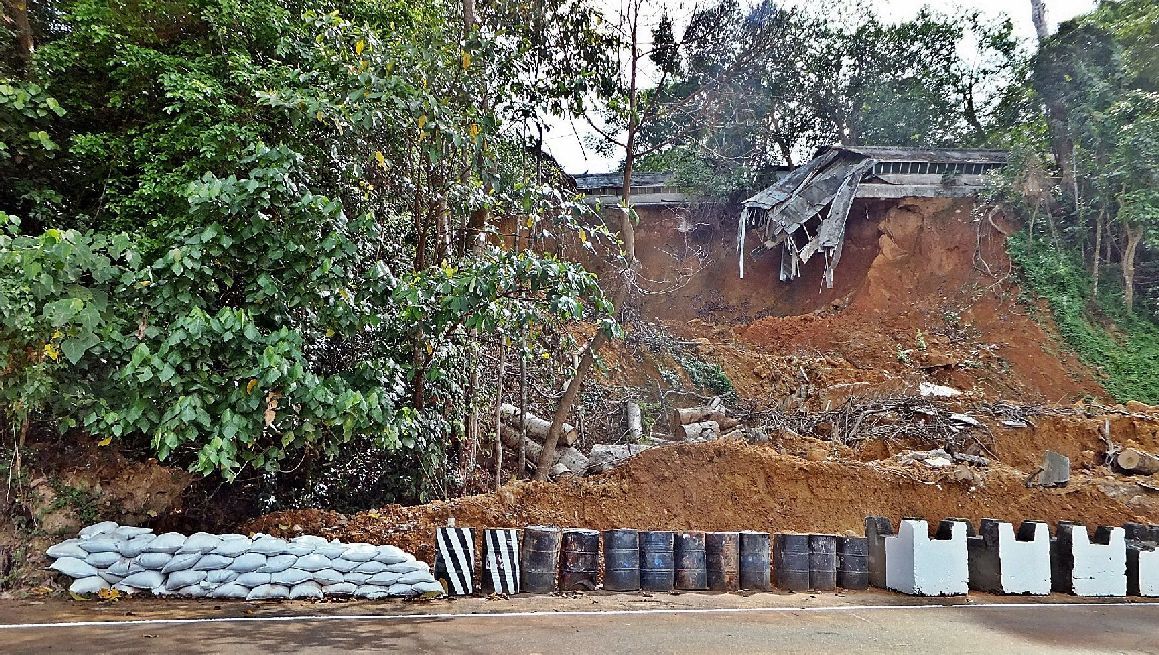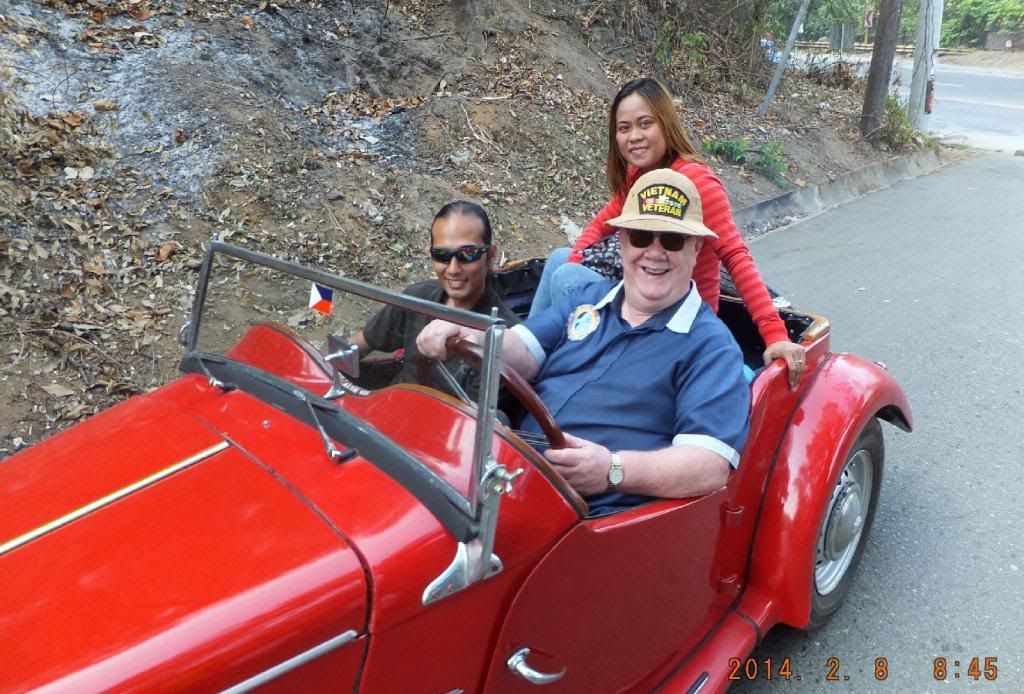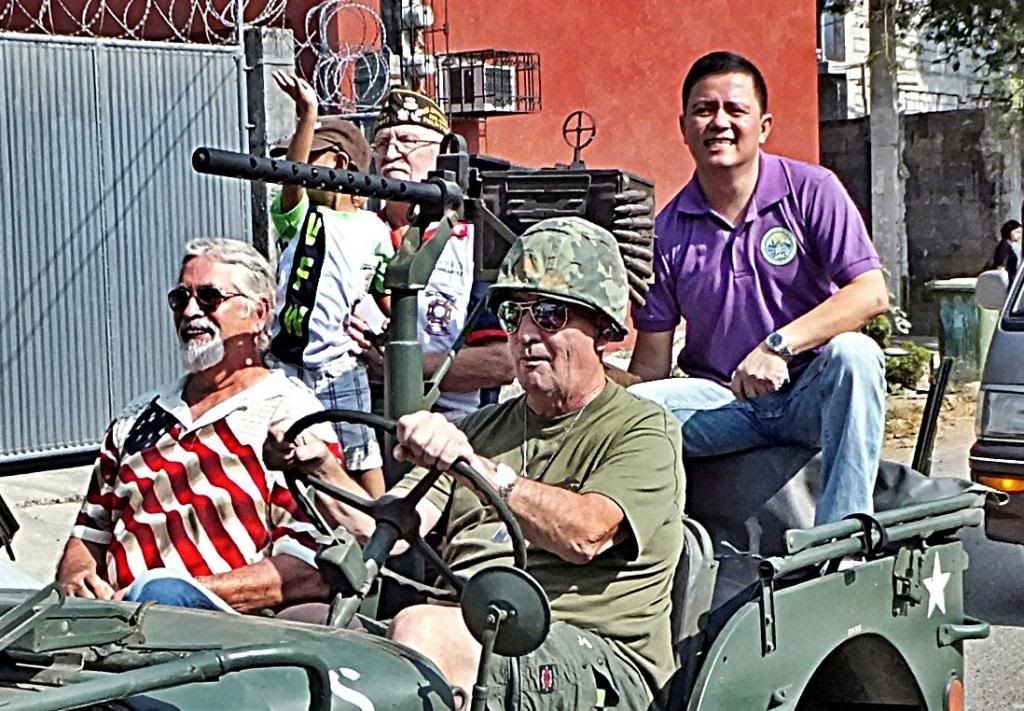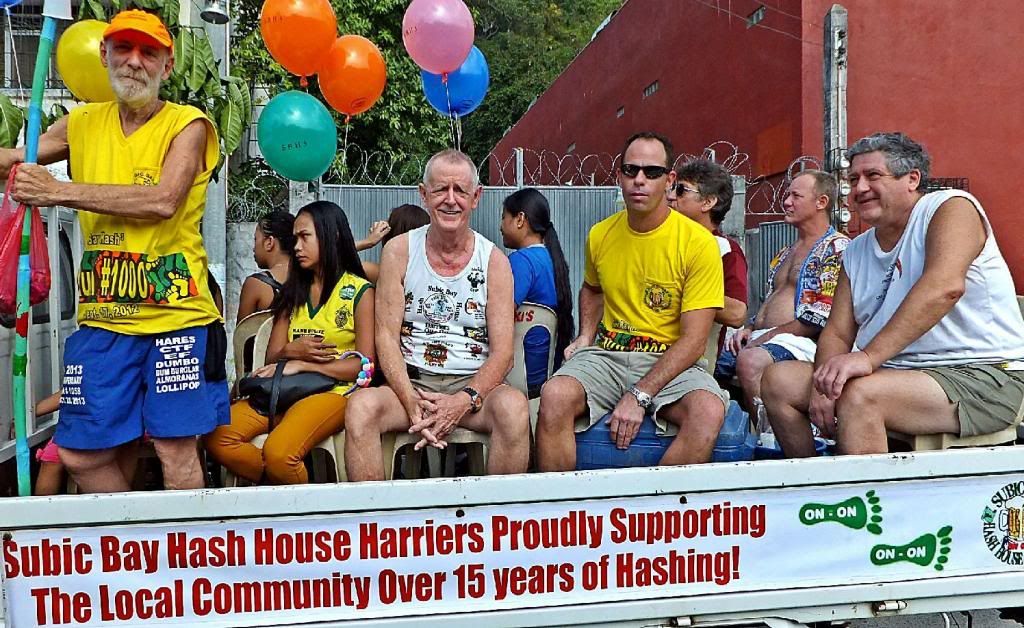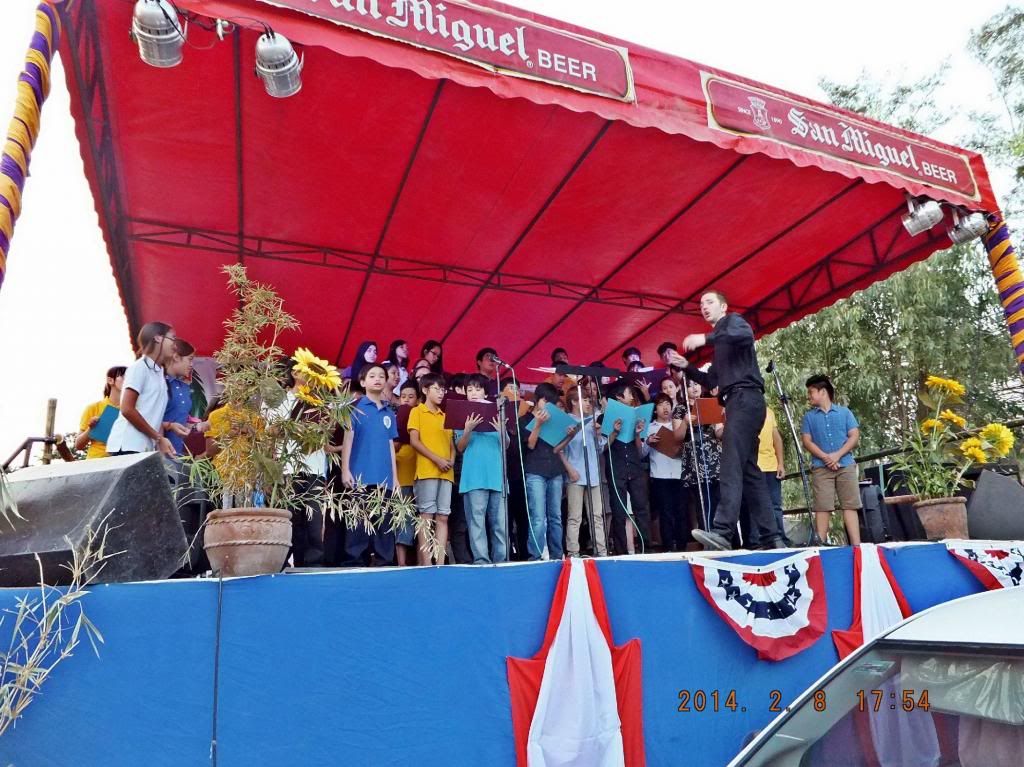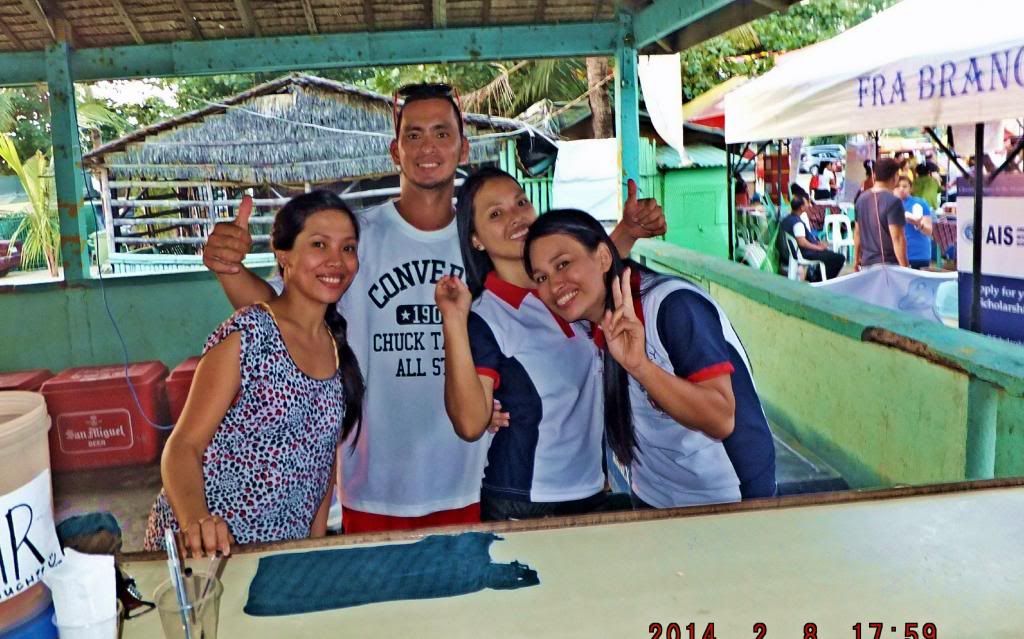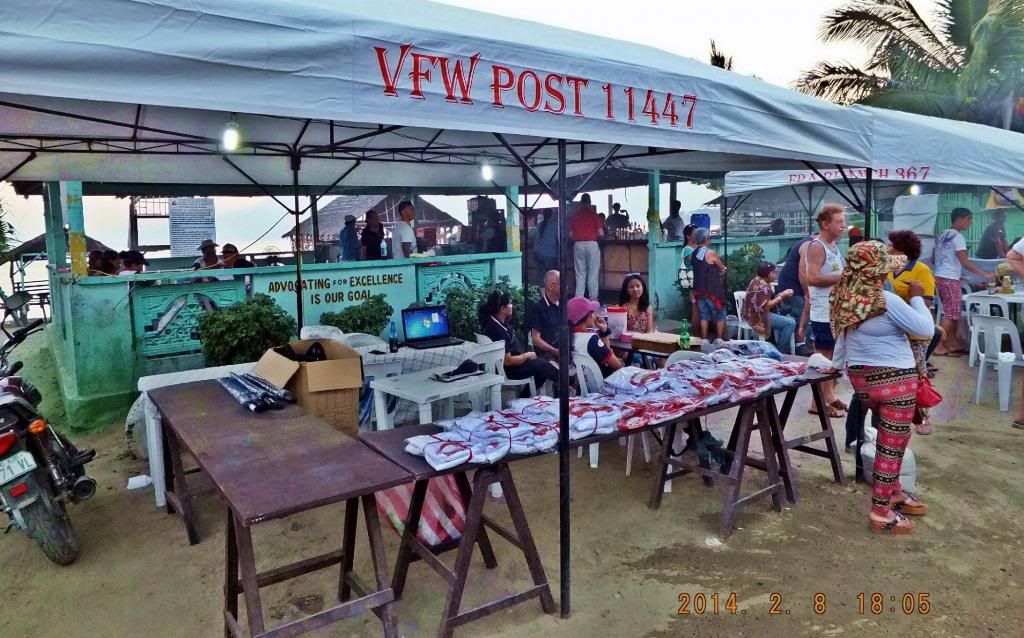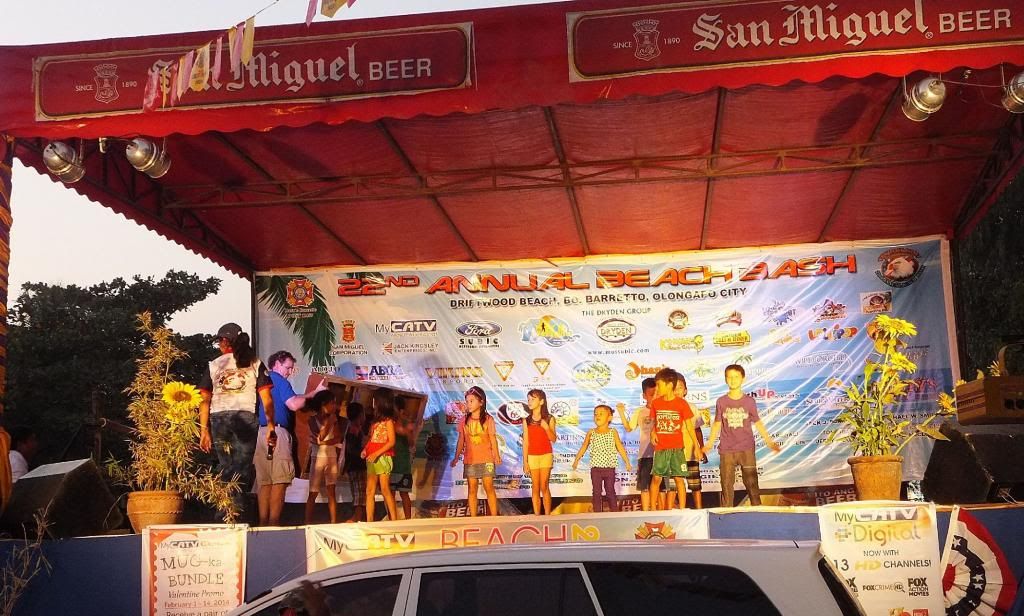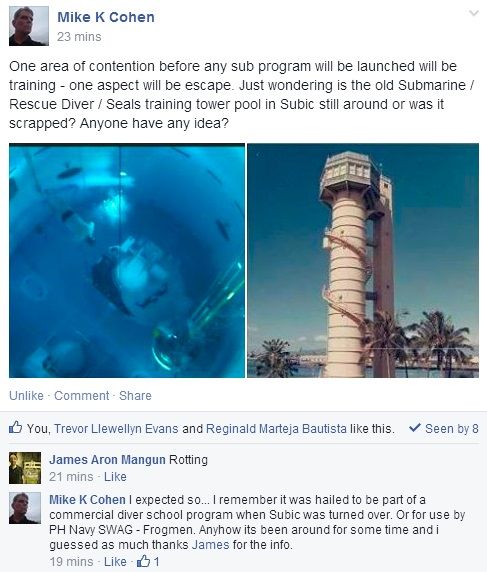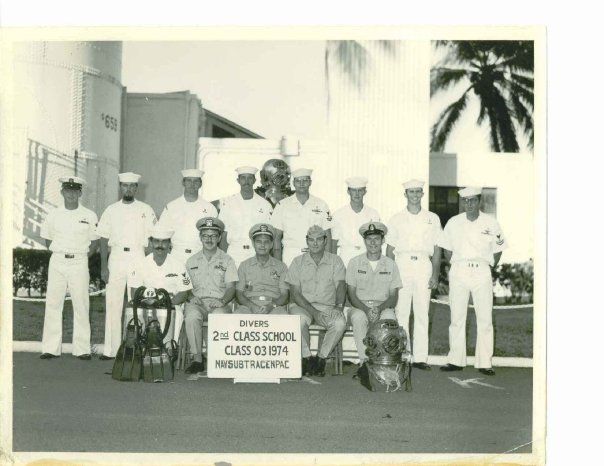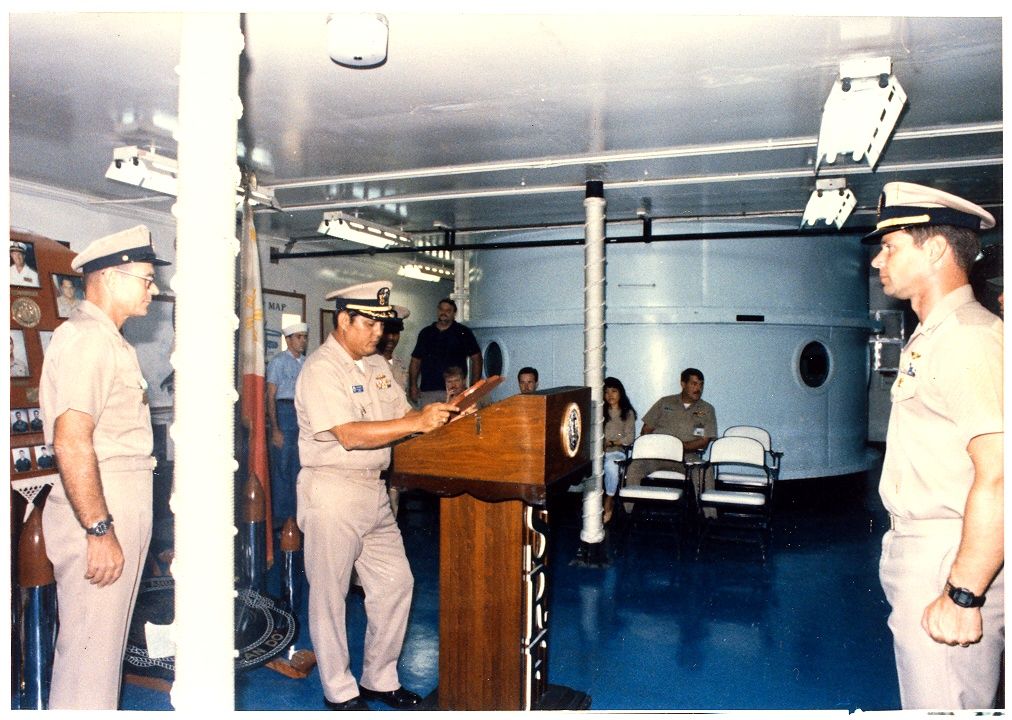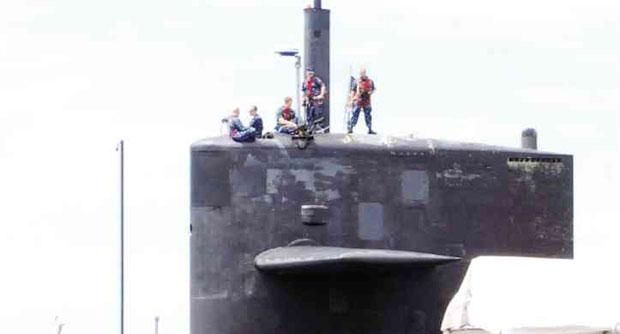Post by Karl Welteke on Dec 15, 2013 15:41:23 GMT 8
Subic Bay historical marker unveiled
Below here is the Plaque and its location, 4 images from Karl:

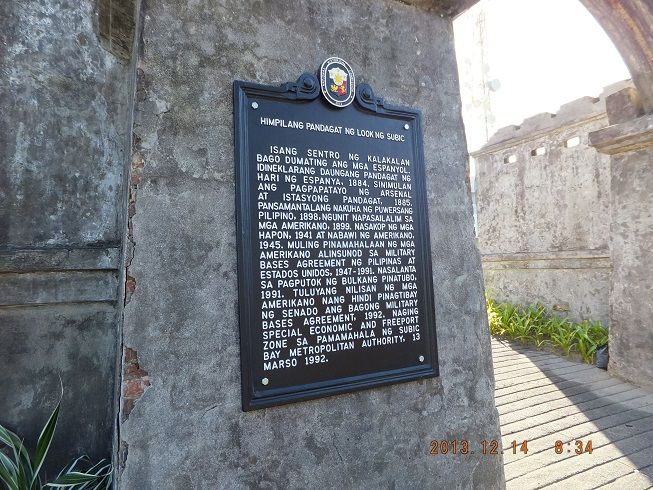
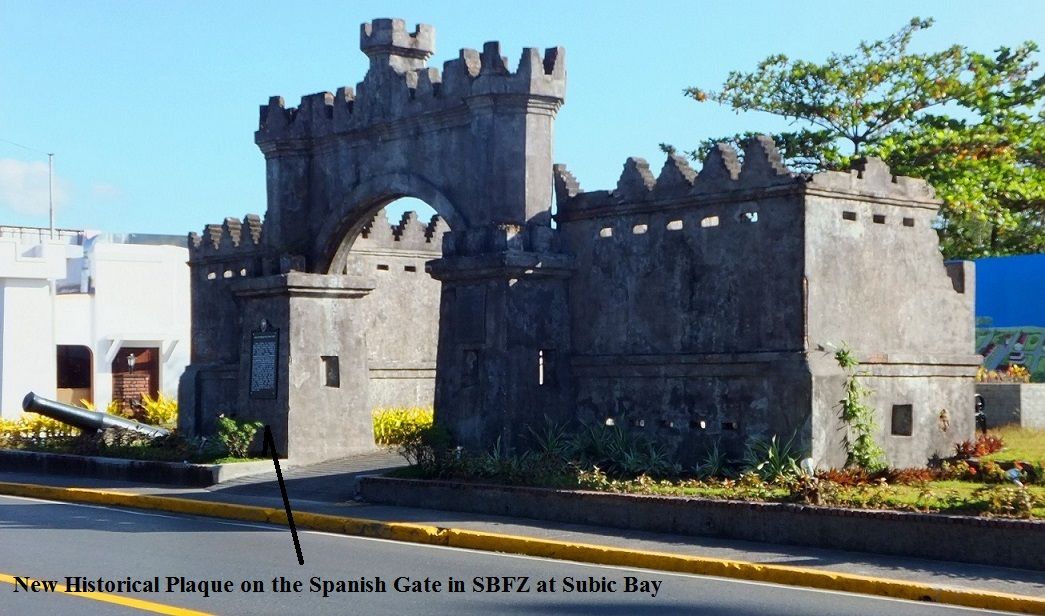
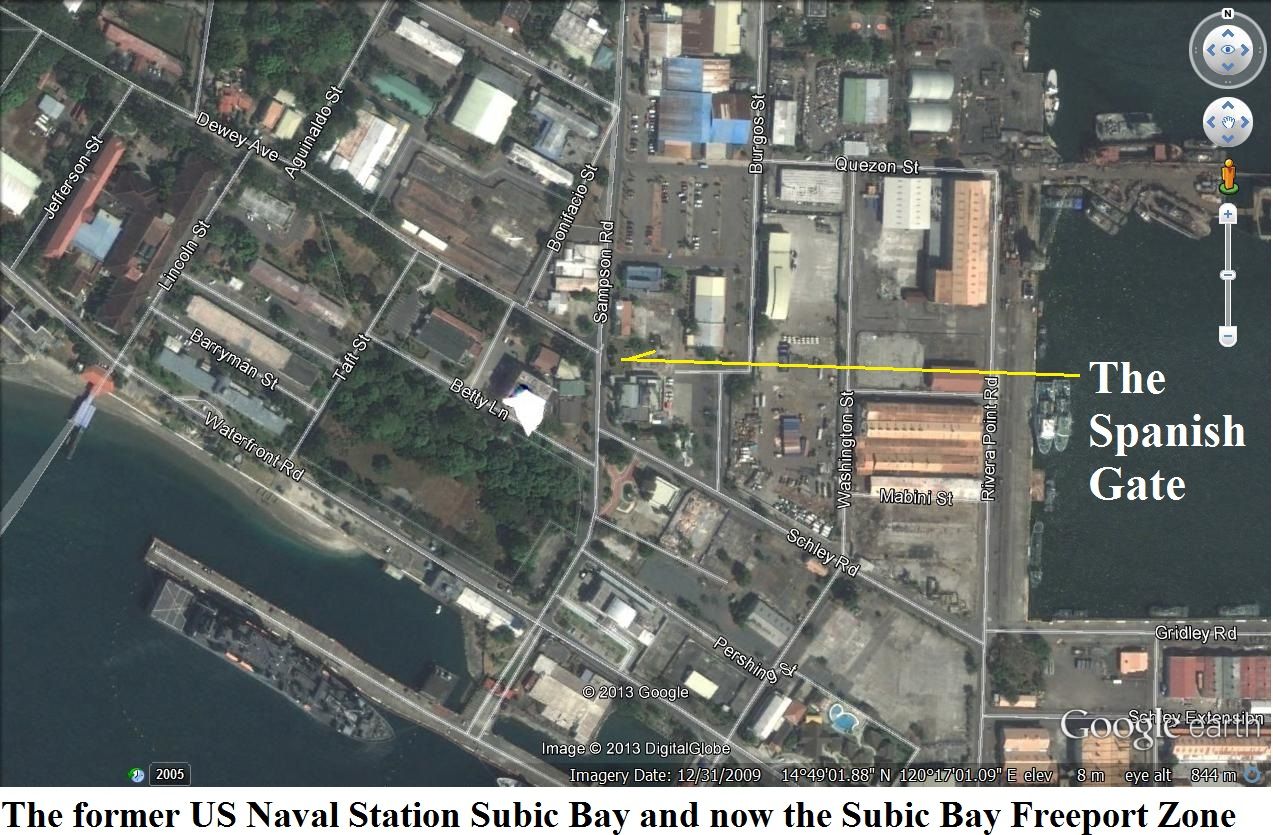
This is the URL describing the above action:
subicnewslink.blogspot.com/2013/11/subic-bay-historical-marker-unveiled.html?utm_source=feedburner&utm_medium=email&utm_campaign=Feed%3A+SubicBayNewslink+%28SUBIC+BAY+NEWSLINK%29
This is the article from the above link:
Posted: 26 Nov 2013 09:12 PM PST
The National Historical Commission of the Philippines (NHCP) unveiled here on Tuesday a historical marker for the port of Subic, recognizing the contribution of the area and the role of Filipino workers in the economic development of the nation.
The marker, which cited the area as the “Himpilang Pandagat ng Look ng Subic” or the Subic Bay Naval Station, was unveiled by NHCP executive director Ludovico Badoy with the assistance of Subic Bay Metropolitan Authority (SBMA) chairman Roberto Garcia.
NHCP is the government agency responsible for the conservation and preservation of the country’s historical legacies, as well as the commemoration of significant events and personages in Philippine history.
The marker was placed on the outside wall of the “Spanish Gate” at the corner of Dewey Avenue and Sampson Road here, which served as the entrance to the former Spanish Naval Port that was constructed in 1885.
The unveiling ceremony was graced by Region 3 tourism director Ronaldo Tiotuico, Subic Bay Chamber of Commerce president Danny Piano, representatives of local tourism establishments and civic organizations, and members of the SBMA board of directors.
Badoy said the marker represents the whole Subic Bay Naval Station, which served as the entrance to and from the Spanish garrison that existed here from 1885 to 1899, when it was forcibly taken by the American forces.
Badoy explained that despite the fact that the area was used as naval port by foreign occupation forces—the Spanish, American and Japanese armies— the contribution of the Filipino workers who toiled here during the time and after the hostilities “is so significant to the development of the region and the national economy.”
The NHCP official also commended the administration of the SBMA for preserving, maintaining and protecting the historical structures and values of the port, adding that he would recommend to the NHCP board of directors the proposal of SBMA to declare the San Roque Chapel inside the Freeport as another historical landmark.
For his part, Chairman Garcia said that marking the Spanish Gate as a historical site will boost the tourism industry in the Subic Bay Freeport.
“Some tourists who come here only remember that Subic was a former recreation area of the US forces. With this historical marker, it will be known to everyone that this free port is a place with a history of its own,” Garcia said.
The SBMA official also noted that the historical marker reflects the undertakings of Filipino workers who have worked hard to build a better community—be it in time of war or peace—and succeeded in developing a place that now contributes to national economic progress.
“This may be the first historical marker for the Subic Bay Freeport, but it symbolizes the long history of the endeavors and heroism of Filipino workers,” Garcia added. (RAV/MPD-SBMA)
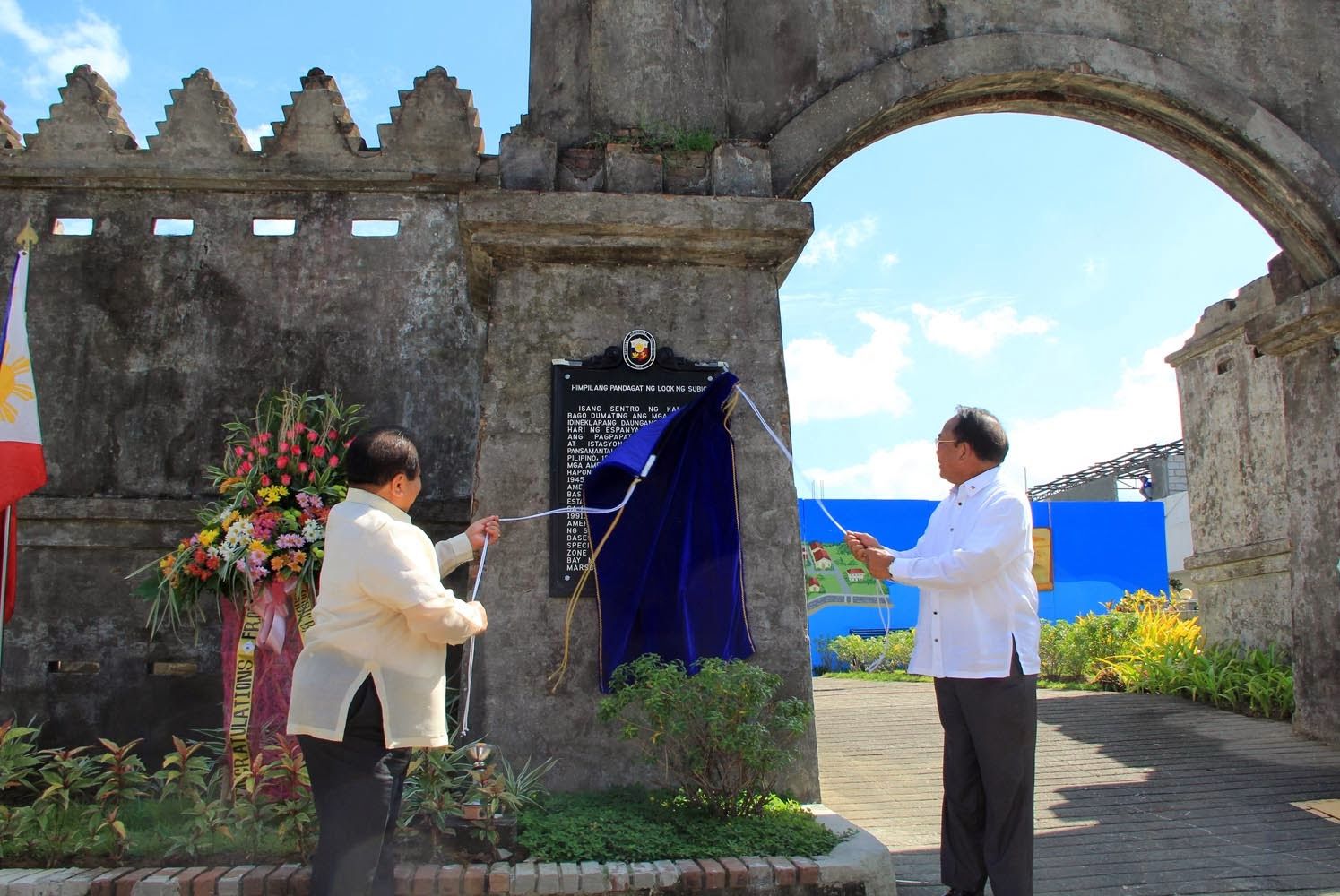
PHOTO:
SBMA Chairman Roberto V. Garcia (left) and National Historical Commission executive director Ludivico D. Badoy unveil the historical marker which declares the old Spanish West Gate in the Subic Bay Freeport Zone a historical site.
Notes:
Maybe our Filipino friends can translate that plaque!
HELLO fireball:
Good to hear from you, re my “Dark Side” that is black inter service rivalry black humor. But in deed many of my diving jobs were the recovery of crashed aircrafts.
When I reported to Subic Bay Diving Locker, late December 1988, my first job, early January 1989, was this one and it was gruesome, recovering the two pilots.
The below paragraph is from this web page but the time frame is wrong, it was either before New Year or right after it:
www.subicbaypi.com/subic_serious.htm
• In the Spring/early Summer of 1989, a Navy S-3 went into the water on the Dungaree Beach side of the Grande Island runway. All of the aircrew that would have normally been on board where allowed to take the day off. The skipper didn't think they had to be there just for a failed engine practice run. They overshot the runway on their first attempt, and as they where turning for another pass, the wingtip caught the water and the plane went down. Both the CO of VRC 50 and co-pilot were killed.
Below here is the Plaque and its location, 4 images from Karl:




This is the URL describing the above action:
subicnewslink.blogspot.com/2013/11/subic-bay-historical-marker-unveiled.html?utm_source=feedburner&utm_medium=email&utm_campaign=Feed%3A+SubicBayNewslink+%28SUBIC+BAY+NEWSLINK%29
This is the article from the above link:
Posted: 26 Nov 2013 09:12 PM PST
The National Historical Commission of the Philippines (NHCP) unveiled here on Tuesday a historical marker for the port of Subic, recognizing the contribution of the area and the role of Filipino workers in the economic development of the nation.
The marker, which cited the area as the “Himpilang Pandagat ng Look ng Subic” or the Subic Bay Naval Station, was unveiled by NHCP executive director Ludovico Badoy with the assistance of Subic Bay Metropolitan Authority (SBMA) chairman Roberto Garcia.
NHCP is the government agency responsible for the conservation and preservation of the country’s historical legacies, as well as the commemoration of significant events and personages in Philippine history.
The marker was placed on the outside wall of the “Spanish Gate” at the corner of Dewey Avenue and Sampson Road here, which served as the entrance to the former Spanish Naval Port that was constructed in 1885.
The unveiling ceremony was graced by Region 3 tourism director Ronaldo Tiotuico, Subic Bay Chamber of Commerce president Danny Piano, representatives of local tourism establishments and civic organizations, and members of the SBMA board of directors.
Badoy said the marker represents the whole Subic Bay Naval Station, which served as the entrance to and from the Spanish garrison that existed here from 1885 to 1899, when it was forcibly taken by the American forces.
Badoy explained that despite the fact that the area was used as naval port by foreign occupation forces—the Spanish, American and Japanese armies— the contribution of the Filipino workers who toiled here during the time and after the hostilities “is so significant to the development of the region and the national economy.”
The NHCP official also commended the administration of the SBMA for preserving, maintaining and protecting the historical structures and values of the port, adding that he would recommend to the NHCP board of directors the proposal of SBMA to declare the San Roque Chapel inside the Freeport as another historical landmark.
For his part, Chairman Garcia said that marking the Spanish Gate as a historical site will boost the tourism industry in the Subic Bay Freeport.
“Some tourists who come here only remember that Subic was a former recreation area of the US forces. With this historical marker, it will be known to everyone that this free port is a place with a history of its own,” Garcia said.
The SBMA official also noted that the historical marker reflects the undertakings of Filipino workers who have worked hard to build a better community—be it in time of war or peace—and succeeded in developing a place that now contributes to national economic progress.
“This may be the first historical marker for the Subic Bay Freeport, but it symbolizes the long history of the endeavors and heroism of Filipino workers,” Garcia added. (RAV/MPD-SBMA)

PHOTO:
SBMA Chairman Roberto V. Garcia (left) and National Historical Commission executive director Ludivico D. Badoy unveil the historical marker which declares the old Spanish West Gate in the Subic Bay Freeport Zone a historical site.
Notes:
Maybe our Filipino friends can translate that plaque!
HELLO fireball:
Good to hear from you, re my “Dark Side” that is black inter service rivalry black humor. But in deed many of my diving jobs were the recovery of crashed aircrafts.
When I reported to Subic Bay Diving Locker, late December 1988, my first job, early January 1989, was this one and it was gruesome, recovering the two pilots.
The below paragraph is from this web page but the time frame is wrong, it was either before New Year or right after it:
www.subicbaypi.com/subic_serious.htm
• In the Spring/early Summer of 1989, a Navy S-3 went into the water on the Dungaree Beach side of the Grande Island runway. All of the aircrew that would have normally been on board where allowed to take the day off. The skipper didn't think they had to be there just for a failed engine practice run. They overshot the runway on their first attempt, and as they where turning for another pass, the wingtip caught the water and the plane went down. Both the CO of VRC 50 and co-pilot were killed.




